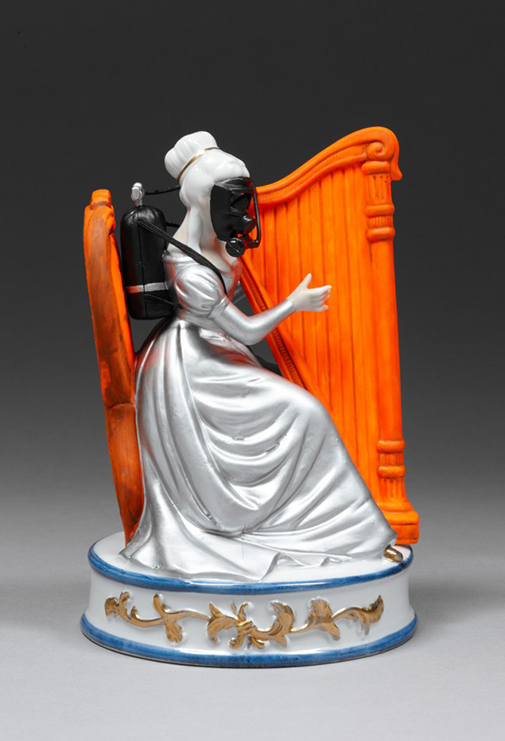- Vol. 05
- Chapter 11

The Child Artist
Kids are weird when they deign to communicate in yoghurt splatters alone (load, aim, fire, as strawberry Petit Filous hurtles across the room and hits your eye). Kids are weird when they refuse to sleep anywhere but in the back of a car, listening to Radio 4 and travelling within the range of forty five and fifty five miles per hour.
It’s true that some are advertisements for parenthood, dimpled cheeks and soft hair and as voiceless as the dead. But these specimens will probably turn into psychopaths – sociopaths at the very least – because isn’t a basic amount of vocal interaction necessary for a child’s development?
But in spite of her daughter’s burblings, Kate still wished that she had been blessed with a minor psychopath, destined to become a mortician or a right-wing party leader, any occupation for which empathy skills are not strictly necessary. Because, what her little girl was doing, squatting on the kitchen floor, was, quite frankly, weird.
Hadn’t Kate bought her Barbies, Bratz, an army of plastic dolls, armed with sharp nails and sharp noses and diddy handbags? Was Clover not satisfied with dressing and undressing dolls, satisfactory preparation for a future of motherhood and geriatric care?
No, Clover was not satisfied.
Clover liked changing things, a burgeoning (or should that be burdening?) interest in malleability and editing and making things into what they shouldn’t-couldn’t-wouldn’t be. A fluffy rabbit with six legs and an extra ear, stuck unceremoniously with pink glue in the middle of its chest. Faceless dolls, eyes gaping blankly through thin coats of paint.
The Child Artist
Clover treated each as a work of art, lined in precise rows alongside her bedroom’s skirting board. Her habit – it couldn’t be a hobby, hobbies are activities such as painting and piano-playing, not embellishing wooden trains with Cardi B’s paper cutout – had extended into nine-year-old-hood, too old to be dismissed as a fad but now old enough for Clover’s obstinacy.Her current piece (small white card documenting materials, date, and title alongside) was an appropriated doll's house statue, bent low over a harp and beautiful. Beautiful until Clover had painted the pinks of her dress and skin with silver, covered the golden harp with a lucid orange. Once she had finished, the harpist resembled a chunk of Red Leicester wrapped in tin foil; a picnic snack which was probably Clover’s inspiration.
But Kate didn’t understand where the breathing apparatus had come from. Combative, restrictive, heavy, everything children shouldn’t understand either. It would have been possible to psychoanalyse this, perhaps a subconscious reaction to Kate’s stifling notion of motherhood, but what was the point, if the kid was too much like her mother anyway, struggling to breathe and painted to be something she wasn’t?
